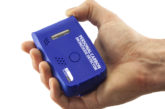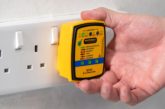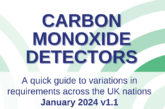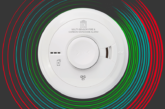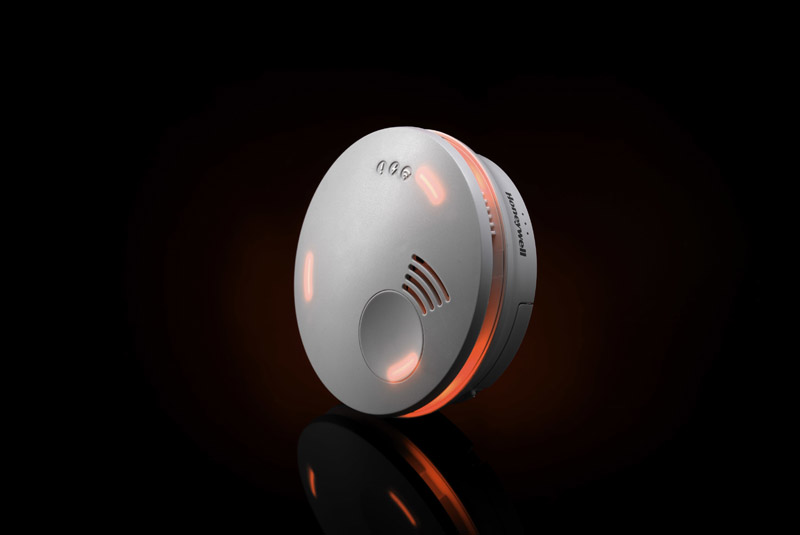
As an installer, advising customers on their home alarm setup can lead to additional business but, most importantly, can help save lives. Adrian Keats from Honeywell’s Home Safety business explains the applications of smoke, heat and carbon monoxide (CO) alarms and why it’s essential to fit the right alarm in the right location.
Just as you have different types of fire extinguishers to put out fires, you have different alarms to detect the fumes.
According to legislation, landlords are, at the very least required to install one smoke alarm per floor in each property. However, this is not necessarily in-keeping with best practice; something which installers must be advising their customers.
In accordance with The Fire Safety Advice Centre, there should be an alarm within 1.5 metres of the entrance to all habitable rooms. With this in mind, installers must consider homeowners of differing abilities when advising on the most appropriate alarm system – for instance, units with clear LED display alerts in conjunction with an audible alarm are ideal for those with a hearing impairment.
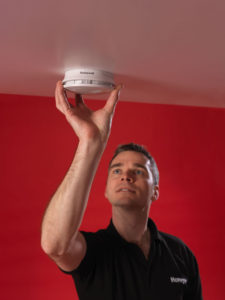 Typically, there are two types of fire – fast-flaming and slow-starting, smouldering fires. The former being most common in a kitchen environment, due to cooking mishaps such as unattended chip pans which burst into fast-flaming fires. Unlike slow-starting fires, these produce little smoke and a lot of heat, which is where a heat alarm should be fitted as opposed to a smoke alarm. In terms of location, a heat alarm should be placed as close to the centre of the ceiling as possible.
Typically, there are two types of fire – fast-flaming and slow-starting, smouldering fires. The former being most common in a kitchen environment, due to cooking mishaps such as unattended chip pans which burst into fast-flaming fires. Unlike slow-starting fires, these produce little smoke and a lot of heat, which is where a heat alarm should be fitted as opposed to a smoke alarm. In terms of location, a heat alarm should be placed as close to the centre of the ceiling as possible.
Even though the number of English households with a working smoke alarm in 2015/16 has risen by a substantial 84% since 2008-9 according to the English Housing Survey, the number of fire-related deaths are actually rising. In 2015/16, there were 303 fire-related fatalities, which is up by 39 from the year prior.
The Housing Survey also revealed that from 2015-2016, only just over a quarter of households had a CO alarm, despite the fact that in 2015, the law was tightened to encourage greater defence against CO poisoning.
However, not only does the 2015 legislation limit enforced CO alarm installation to rooms featuring only solid fuel burning appliances, it also only applies to landlords and housebuilders, meaning many homeowners are still unaware that they need a CO alarm at all.
Therefore, it is down to installers to play a key part in promoting best practice when recommending CO alarms, and to explain why the bare minimum is simply not enough. For better protection, a CO alarm should be placed in any room containing a fuel burning appliance – including gas boilers and cookers – but also in any bedrooms above these.
Despite such concerning statistics, there is good news – installers are best placed to help prevent these figures from worsening. When taking care of a task at a homeowner’s property, there is always an opportunity to advise on, and potentially fit, home safety alarms.
By recommending a high-quality system, and helping to ensure alarms are sited correctly, installers can potentially boost their business and build a stronger level of trust with their customers.
For more information on the full range on Honeywell’s smoke, heat and CO alarms, visit: www.homesafety.honeywell.com/





